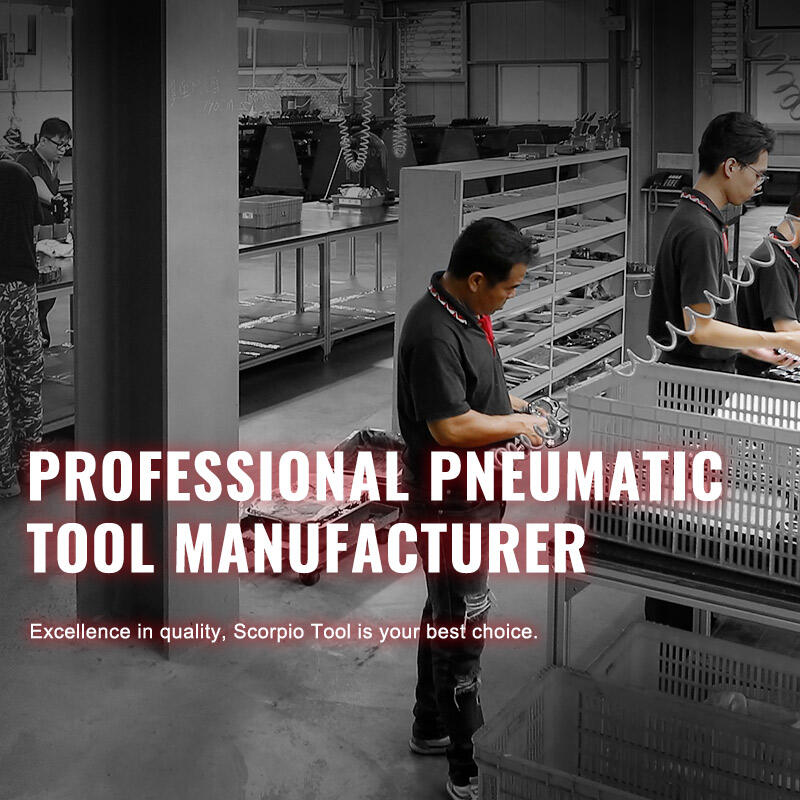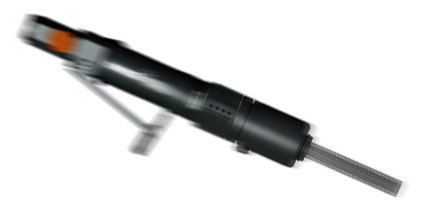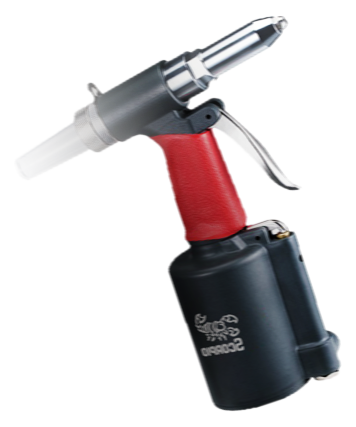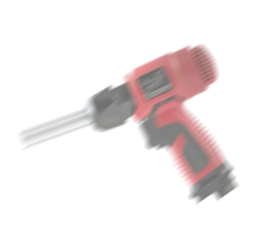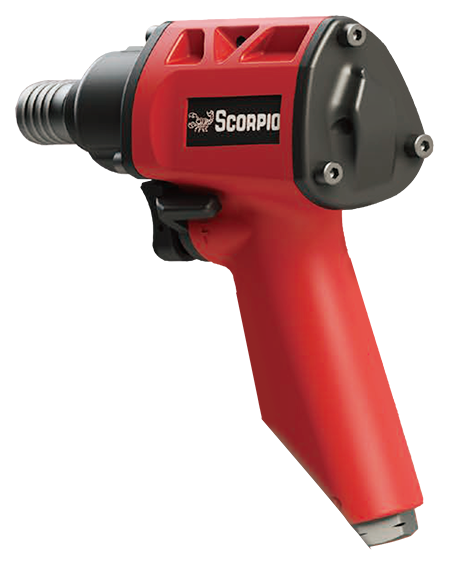Pneumatic Tools vs. Electric Tools : A Pro's Guide to Choosing the Right Tool
Five Key Differences from Structure to Application
When choosing the right tool, pneumatic tools and electric tools are often compared. Although both power sources can drive mechanical operations, they differ significantly in terms of structural principles, usage environments, and maintenance methods. The following summarizes five key aspects to help you better understand their differences and appropriate applications.
If you are evaluating pneumatic vs. electric tools, we invite you to consider our 1" Twin Hammer 6" Anvil Impact Wrench. You are also welcome to contact us.
1. Power Source and Structural Simplicity
Electric tools are powered by motors, making their internal structure more complex with more components and typically heavier. Pneumatic tools, on the other hand, operate using compressed air, eliminating the need for electric motors and complex circuits, resulting in simpler and lighter designs.
- Advantage : Pneumatic tools tend to be more compact and deliver higher torque (approximately double that of electric tools at the same weight), with better heat dissipation, making them ideal for continuous operation.
2. Operating Environment and Safety
Electric tools require a power source, so extra caution is needed in environments with high humidity, dust, heavy oil, or flammable materials. Pneumatic tools, lacking electrical components, are relatively safer, especially in industrial settings, automotive workshops, or oil and gas areas with special safety requirements.
- Advantage: Pneumatic tools offer greater operational flexibility in high-risk environments.
3. Initial Investment vs. Long-term Cost
Electric tools are generally plug-and-play with lower initial costs. However, when considering long-term maintenance, consumable replacement, and failure rates, pneumatic tools, with their simpler and more durable structures, are more cost-effective for frequent use.
- Investment Tip: For occasional use, electric tools may suffice; for heavy-duty or frequent tasks, pneumatic tools with a compressor system are a better investment.
4. Ease of Maintenance and Lifespan
Electric tools tend to wear out faster due to electronic control systems and motor degradation. If the motherboard or battery fails, repairs can be difficult and expensive. Pneumatic tools, with their simpler modules, often require only O-ring or spare part, and they have a longer service life.
- Maintenance Efficiency: Pneumatic tools have longer maintenance intervals and can be quickly restored to operation.
5. Ease of Maintenance and Lifespan
Electric tools are suitable for DIY projects, small-scale construction, and light-duty work. Pneumatic tools excel in mass production, heavy industry, high torque requirements, and continuous work scenarios. If a compressed air system is already in place, various pneumatic modules can be added according to operational needs.
- Expandability: Pneumatic tools can be paired with different tool heads to meet diverse demands.
Conclusion: Choose the Right Tool Based on Your Work Scenario and Frequency
There is no absolute winner between pneumatic and electric tools. The best choice depends on your work environment, budget, and frequency of use. Electric tools offer high portability and convenience, while pneumatic tools are clearly advantageous in terms of efficiency, durability, and ease of maintenance for long-term use.
Pneumatic Tools vs. Electric Tools
| Comparison Aspect | Pneumatic Tools | Electric Tools |
|---|---|---|
| Power & Structure | Simpler, lighter structure with higher torque and ideal for continuous operation. | More complex and heavier structure due to the internal motor and circuits. |
| Environment & Safety | Inherently safer and more flexible for use in high-risk or hazardous environments. | Requires caution in wet, dusty, or flammable environments due to electrical risks. |
| Cost & Investment | More cost-effective in the long term for frequent, heavy-duty use. | Lower initial investment, making it suitable for occasional or light-duty tasks. |
| Maintenance & Lifespan | Easier and faster to repair with a significantly longer service life due to simple mechanics. | More complex and costly to repair, with a shorter lifespan due to electronic components. |
| Application & Expandability | Excels in heavy industry, high-torque applications, and continuous production lines. | Best suited for mobile tasks, DIY projects, and light-duty construction work. |

